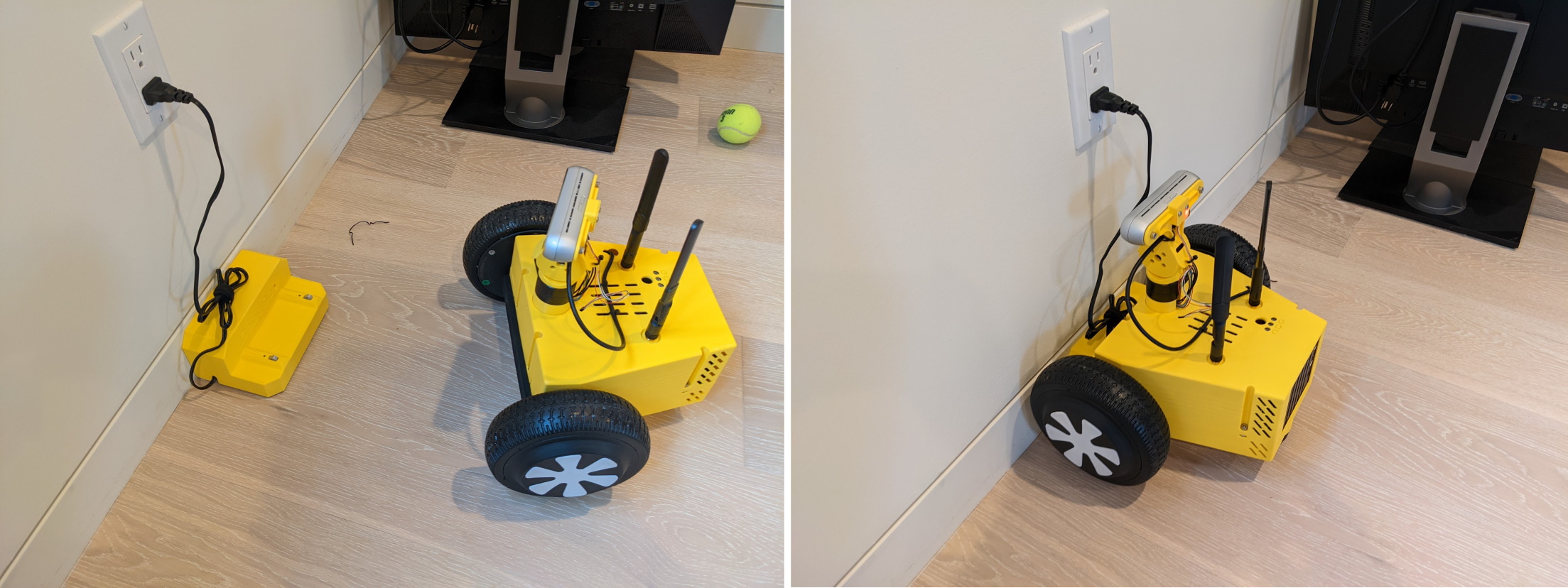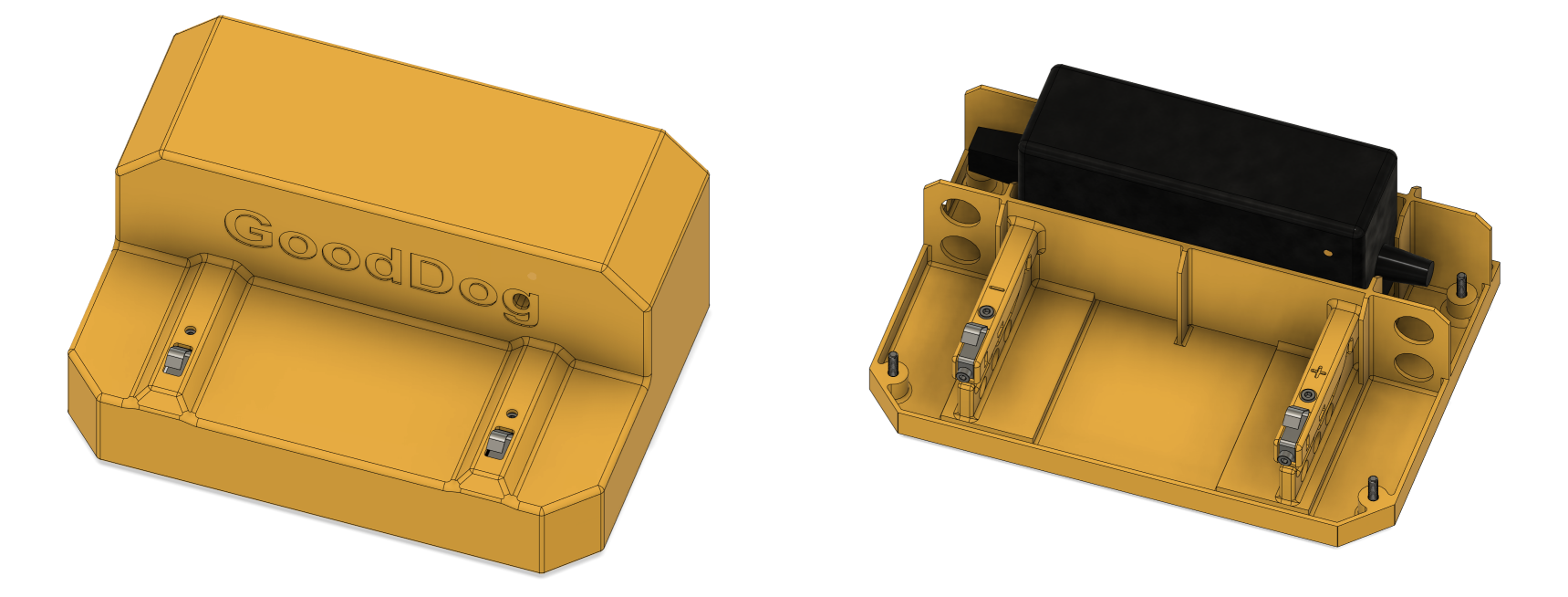New Code Repo
Recently, we’ve had the chance to rewrite the bot code. Over time, it had become progressively more and more difficult to work with the old ROS codebase. It was bad to have the realtime code and the training code be in two different repos (hard to sync the vector spaces when the code is in two places and in two different languages). Finally, adding more training data was more likely to cause weird NaN errors rather than improve robot performance.
There are some nice new features based on learnings in the rewrite:
- Cereal message system, based on Capnproto, from CommaAI.
- MsgVec - There is one C++ class which is responsible for interfacing messages and vectors.
- It takes a stream of input messages, and creates a float vector for feeding into an ONNX graph.
- It takes an action vector from your RL output, and converts it back to messages to send out and control your robot.
- It works the same whether you are feeding live messages, or replaying a log
- Cython bindings so you can use the code in python
- Companion web service
- Automatically upload log files after the robot runs
- Automatically download ONNX files, convert to TensorRT, validate results match between host and device
- Download and view logs and metadata
- On-device video compression, based on NVIDIA libraries, allows for higher res recordings and saving space.
- Unit test all the things, the new code is quite paranoid about making sure the inputs and outputs match between training and runtime. Any weirdnesses raise exceptions so that you can debug, rather than live with silent failures.
- SAC reinforcement learning based on Stable Baselines 3
- Vision model based on YoloV7 with no modifications
- Reward calculations are a seperate, fully contained ONNX graph
- Better config and caching to keep iteration-speeed fast

